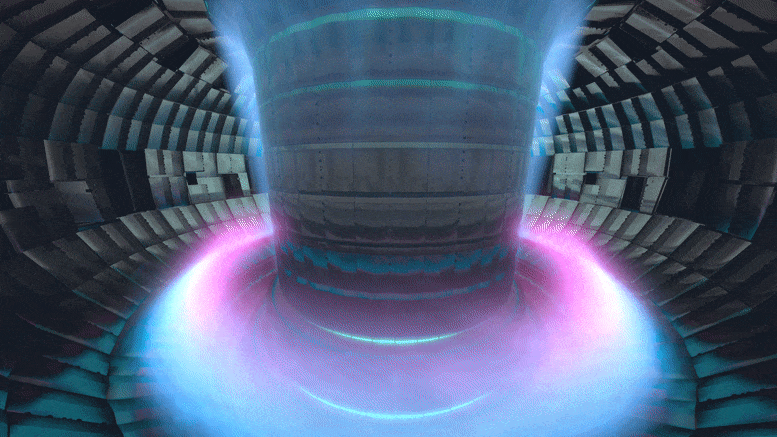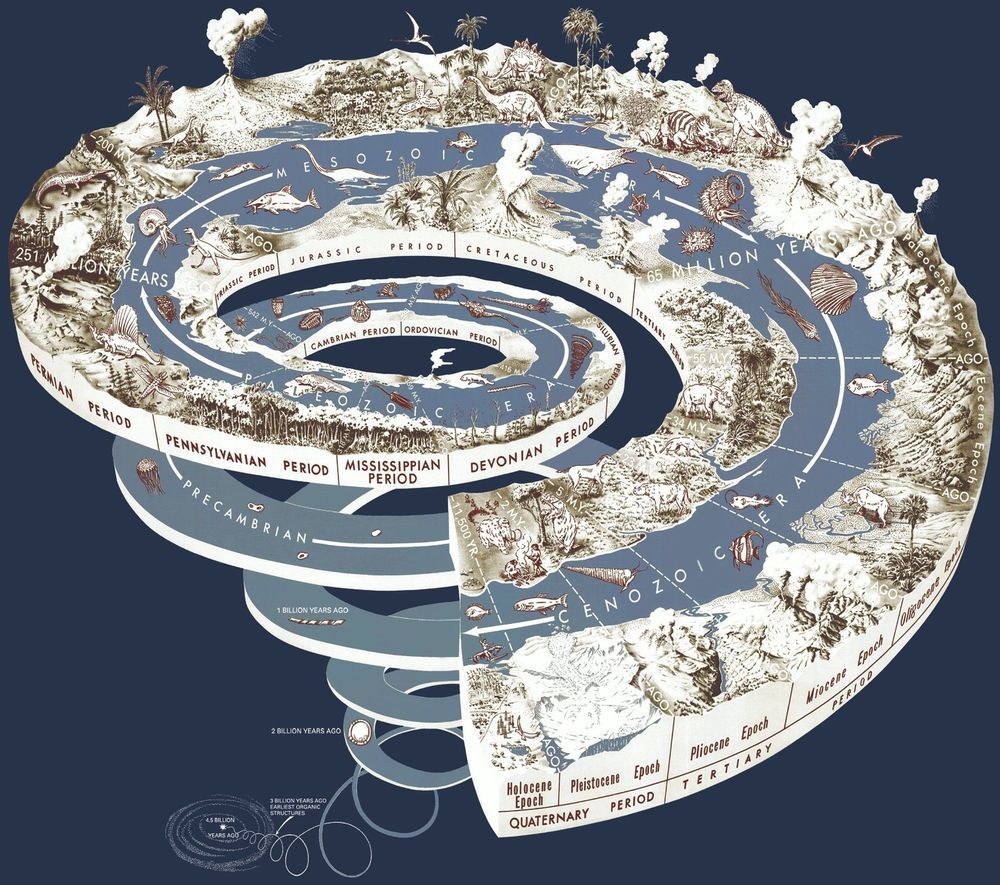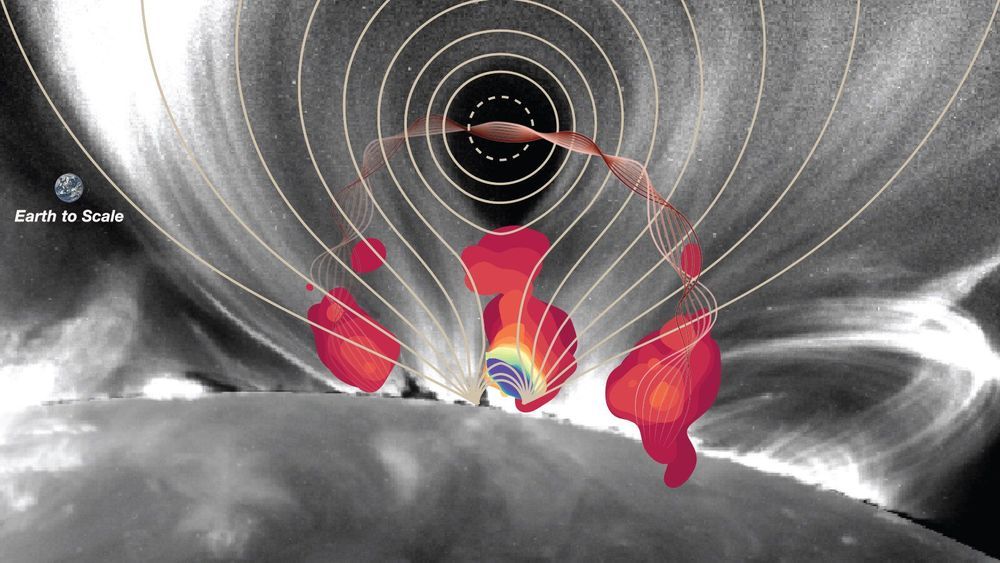Jul 28, 2020
According to globular clusters, the universe is 13.35 billion years old
Posted by Quinn Sena in categories: cosmology, physics
It is a widely accepted theory today that when the first stars formed in our universe approximately 13 billion years ago, they quickly came together to form globular clusters. These clusters then coalesced to others to form the first galaxies, which have been growing through mergers and evolving ever since. For this reason, astronomers have long suspected that the oldest stars in the universe are to be found in globular clusters.
The study of stars in these clusters is therefore a means of determining the age of the universe, which is still subject to some guesswork. In this vein, an international team of astronomers and cosmologists recently conducted a study of globular clusters in order to infer the age of the universe. Their results indicate that the universe is about 13.35 billion years old, a result that could help astronomers learn more about the expansion of the cosmos.
Their study, titled “Inferring the Age of the Universe with Globular Clusters,” recently appeared online and was submitted for consideration to the Journal of Cosmology and Astroparticle Physics. The study was led by David Valcin, a predoctoral researcher from the Institute of Cosmos Sciences at the University of Barcelona (ICCUB), who was joined by a team from France, Spain, and the US.


















